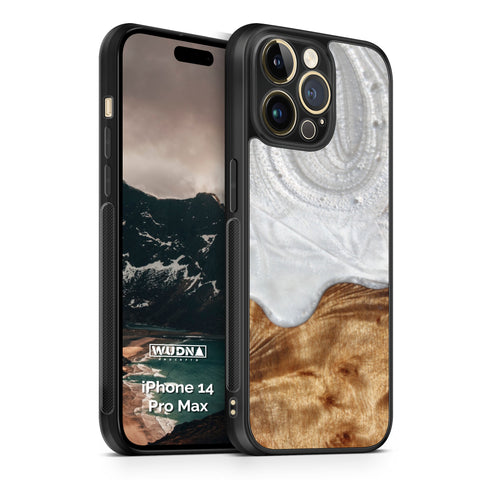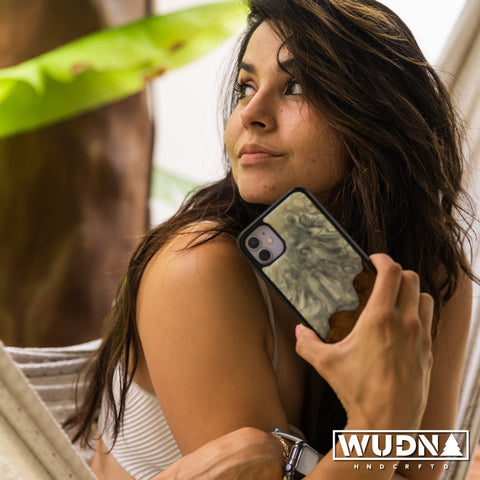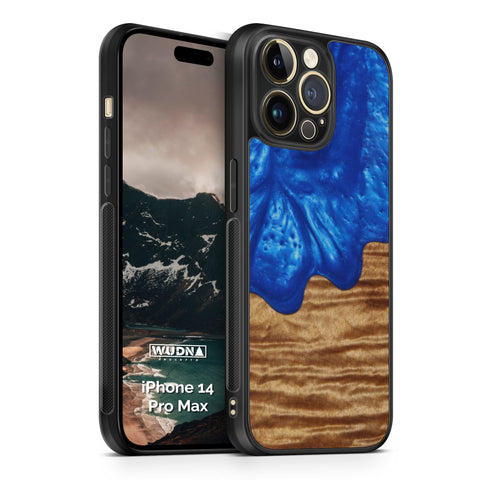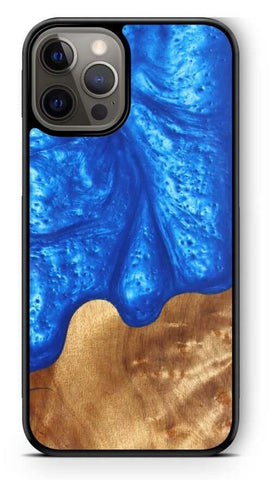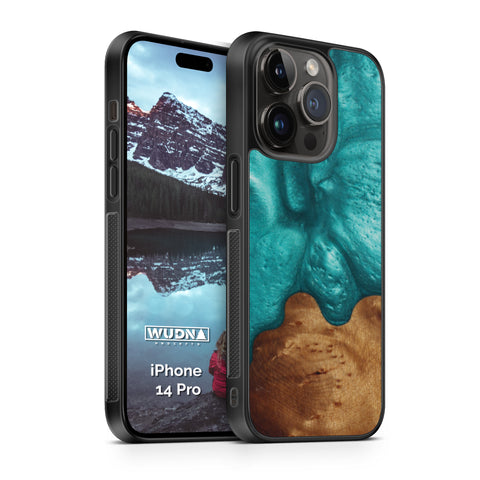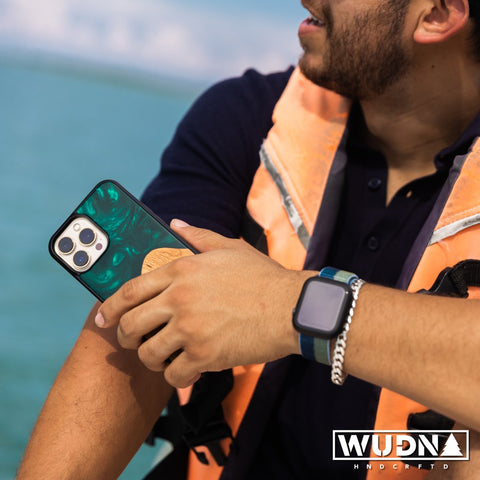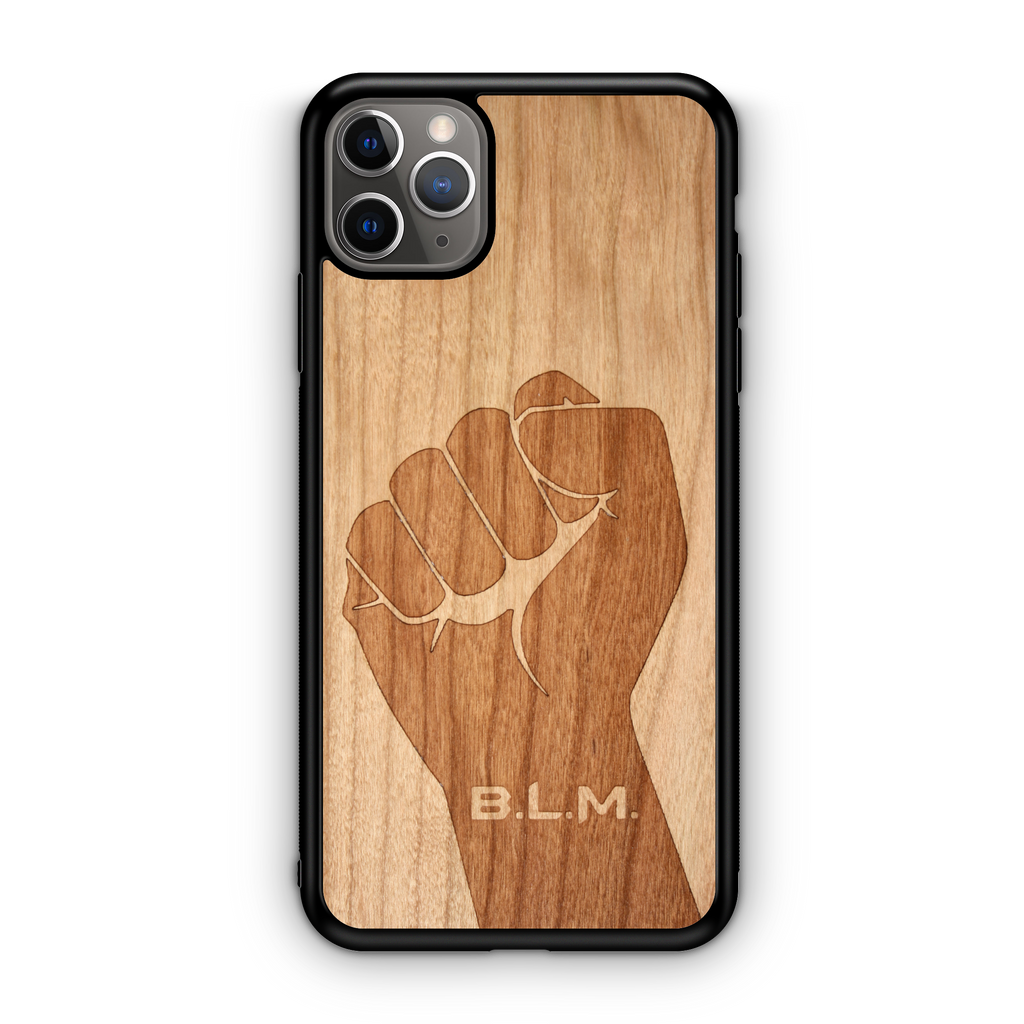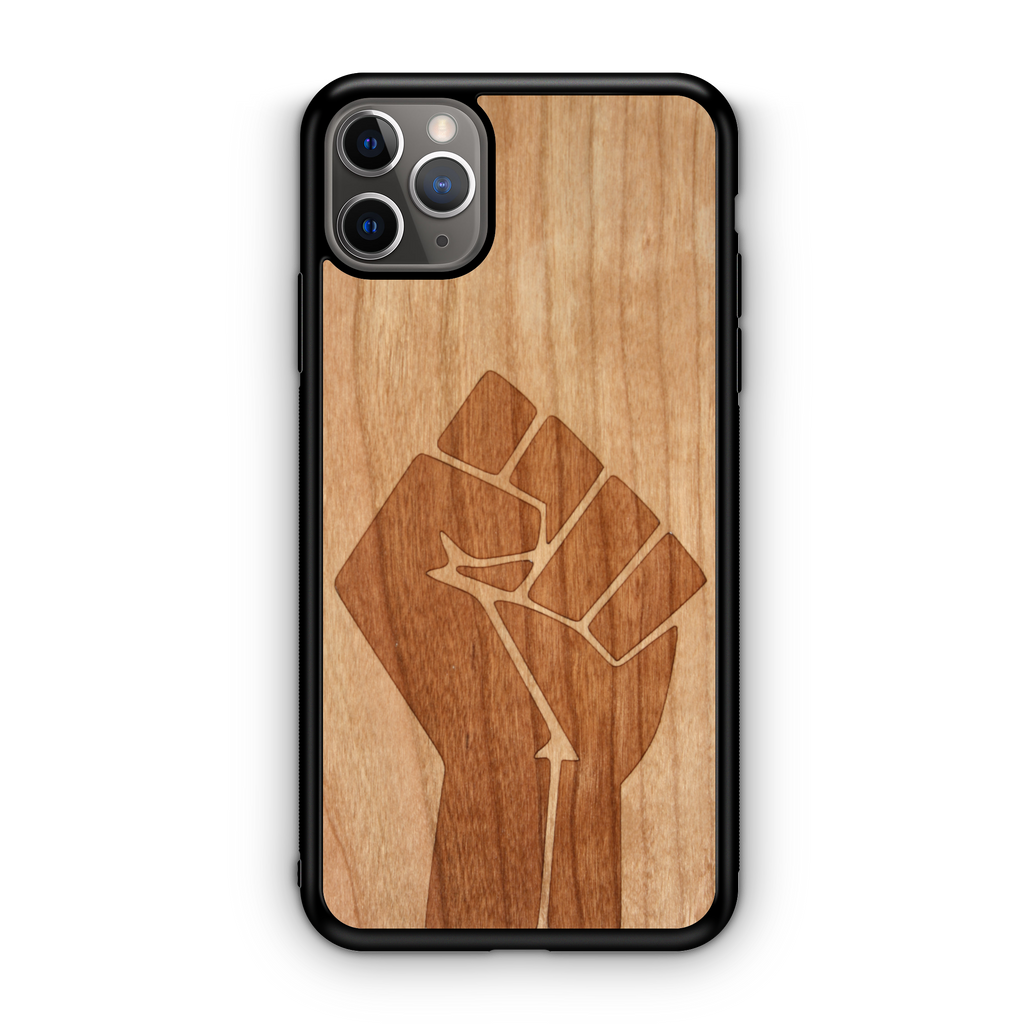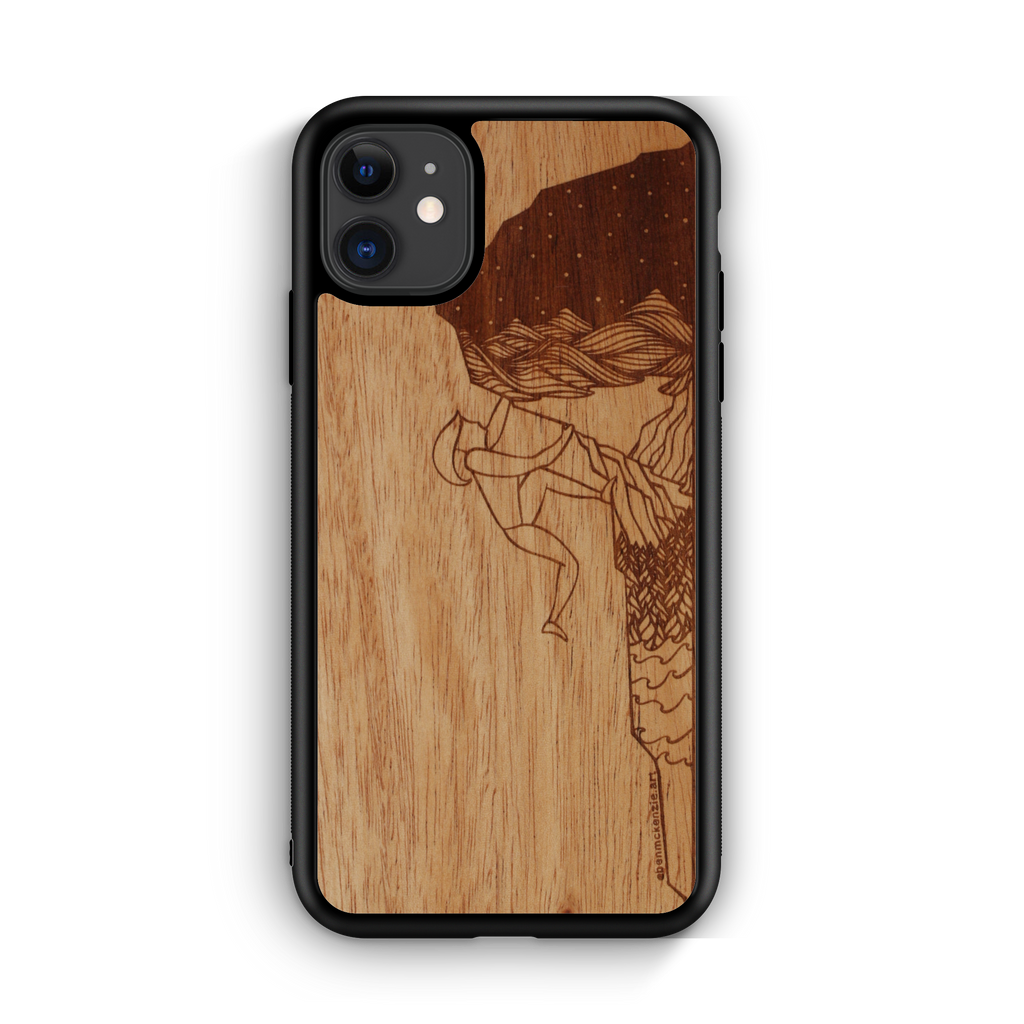iPhone Buyers Guide 2017
Which is the best iPhone for you? Apple’s full iPhone product line-up now includes eight different models; choosing the right one is tricky business. Our iPhone buying guide will help you make the right decision.

It’s been 10 years since the first iPhone. I remember mine well. It was magical. Everything that a handheld computer was supposed to be. Fast (enough), responsive, beautiful, and I could master it without once looking at a the instructions. Did the first Phone even come with instructions? Steve Jobs would probably smile at that comment. Since then, the iPhone has been copied, but never duplicated. And the newest flagship, the iPhone X, proves that following (Samsung and others) on a few features is so much less important than fulfilling the overall brand promise. I will pay $1000 for a new phone, which would have sounded absurd just a few years ago, and I will do it because Apple and the iPhone ecosystem delivers a full and complete experience.
Or, save a few hundred bucks and choose any one of seven available models – each with their own quirks and value propositions. Let's discuss the highlights of each. Or skip my commentary and jump straight to Apple’s boring comparison page here: https://www.apple.com/iphone/compare/
iPhone SE

I tried to buy an iPhone 6 SE for my daughter at the at&t store. Turns out they only sell the SE model phones on at&t’s prepaid plans. IMHO, that’s too bad; the 4 inch form factor fits sooo nicely in my hand. Although the iPhone SE is underpowered and not available on standard post-paid mobile phone plans from most carriers, notice the iPhone X doesn’t come in a Plus size. You can see where this is going… The screen occupies the entire phone, and the phone itself is likely to get smaller over time. Maybe, just maybe, back down to the slim and comfortable width of the iPhone SE. Unless you are dead broke, or already on a prepaid plan, you probably won’t be buying an iPhone SE anytime soon.
iPhone 6s & 6s Plus


The iPhone 6s and 6s Plus are still pretty excellent phones at a reasonable price. It features a 4.7 inch screen and improved wireless speeds over the 5s series. This phone is thin and compact. With iOS 11, this will continue to be a capable phone. The one drawback with this version is that battery life isn't much better than previous versions.
iPhone 7 & 7 Plus


There is nothing fancy about the hardware design of the 7. It looks exactly like a 6 with tiny changes to the antennae layout on the back. Wait, it looks exactly like an 8 too. Really, the overall “Look” of the hardware has gone nowhere in years. Want to save a few hundred bucks? No one is going to notice your not carrying around the newest phones from Apple.
The iPhone 7 is water and dust resistant. These phones are water resistant but not waterproof. A splash of coffee, yes. Dropping them into the toilet, no. This phone doesn't have a headphone jack, and the lightning accessory ecosystem is terrible. The headphone jack removal on the 7 was foreshadowing of things to come. An iPhone with no wires at all (that really would be waterproof). Just add wireless charging which is exactly what Apple brought to the 8 and X phones. The cameras are great, although the iPhone 8 line upgrades the cameras substantially over the 7 – you will get some of the upgraded photo features with iOS 11. Once you put the iPhone 7 in a case, it looks exactly like an iPhone 6. If you get the black model, (really any of them) you’ll want to get it into a case right away.
The explosion in mobile photography is probably the most revolutionary aspect of the entire smartphone revolution, and the general excellence of the iPhone camera over time is a big reason why. The iPhone 7 camera represents another upgrade over the iPhone 6S: there’s a new, faster f/1.8 lens, the addition of optical image stabilization, a new four-color True Tone flash, and wider color capture. This all adds up to a decent improvement, but the iPhone 6S was already operating at the top of the camera scale.
The major camera leap is the iPhone 7 Plus. Instead of a single lens and sensor, the 7 Plus has two: a f/1.8 28mm wide-angle lens, same as the 7, and an f/2.8 56mm telephoto lens. These cameras operate at the same time, all the time; they’re always working together. You can switch to a true 2x zoom with a single button. You can also digitally zoom the 1x lens to 2x, where the telephoto takes over, and then digitally zoom the 2x lens to 10x. Digital zoom is still pretty terrible; anything over 4x looks pretty grainy.
For many people – I am looking at you teenage selfie goddess -- front cameras are more important than rear cameras. With a 7-megapixel sensor replacing the 5-megapixel unit in the 6S, the iPhone 7’s front camera is excellent. The lens is bright, sharp, and the Retina Flash is still a great idea that was absolutely worth stealing from Snapchat. The front camera could be the reason you buy a 7 regardless of the price.
The A10 Fusion Chip in this phone provides snappy performance. Storage ranges from 32 GB to 256 GB. For those who want an exceptional phone, but don't want to pay the higher price to have the newest phone the iPhone 7 continues to be a great choice.
iPhone 8 & 8 Plus


Of course Apple’s focus is on the X. the phone with the complete redesign, edge-to-edge display, facial-recognition, and the new interface available because of, and developed around, the removal of the home button. The iPhone 8 doesn’t have any of those features.
The 8 and 8 Plus share a processor, wireless charging, and similar cameras to the X, there are no new ideas about what an iPhone is — all of that is reserved for the X -- they’re both simply the next incremental step in the traditional iPhone lineup. They should have more fairly been named the iPhone 7s.
The iPhone 8 is basically the fourth generation of the iPhone 6. On the outside, the only difference you’ll notice is the glass back, beyond that nothing has changed — the 8 and 8 Plus will fit right into 7 and 7 Plus cases perfectly. Glass is heavier than aluminum and the 8 is heavier than the 7. Sounds like a miss, but I suspect many people will be happier with the feel of a slightly heavier phone. Easier to hold and less likely to fling it out of your hand.
The images above, (courtesy of Apple, of course) are spot on. The iPhone 8 comes in three colors: black, silver, and gold. Rose gold is gone.
Apple’s added True Tone display technology to the iPhone 8. The iPhone displays have always been excellent, but True Tone makes it look even better. True Tone measures ambient light with sensors on the the phone and adjusts the color temperature in real time.
The new glass back allows for wireless charging, based on the Qi standard. Qi is awfully slow, though — Apple’s goal was to match the charging speed of its own 5W charger that comes with the phone. Wireless charging will be great at night on your bedside table. And in a car it could be even better. Between wireless charging and Bluetooth, you could hop in the car without any cables at all.
Like every year, the biggest change to iPhone hardware you will notice is the camera. Like many competitor phones including Samsung, iPhone images are much more saturated. HDR is standard now — you can’t turn it off, although you can set it to save a non-HDR image.
The iPhone 8 and 8 Plus have smaller batteries than the iPhone 7 and 7 Plus. They may have improved power usage and efficiency slightly though, so your experience should be similar.
Low storage options with the iPhone 8 are gone. The 128 GB will be the base phone. The price climbs approximately $100 with each tier. This price jump, however, will be better received by consumers when the need to constantly clear out their phones for storage is eliminated. Even if you buy the cheapest version, your phone will still have plenty of storage capacity. Besides, everything is in the cloud now. All my pictures on Google Photo’s and my files in Dropbox and Evernote. Not sure why I would need 256GB but OK.
If you're a loyal Apple fan who's waiting to purchase the iPhone 8, be ready to pay a higher price. The price of iPhones remained relatively flat through the years thanks to a drop in manufacturing costs. iPhones were never cheap to begin with, costing $649 for the least expensive version of the iPhone 7 and upwards of $969 for a phone with all the bells and whistles. Pricing for the iPhone 8 is $50 higher than when the 7 debuted last year. Given how “incremental” this phone is, I would have expected the same or lower pricing.
Although the iPhone X and iPhone 8/8+ comes with a price hike, it is not necessarily a bad thing. With all the upgraded features, you will be able to do more with your phone. But, if pricing is an issue and you don't HAVE to have the latest technology, then you should consider the iPhone 7.
iPhone 8 – 64GB $699
iPhone 8 – 256GB $849
iPhone 8 Plus – 64GB $749
iPhone 8 Plus – 256GB $949
iPhone X

The X (or 10) is a sensational looking phone that comes at a sensational price. Your headphone jack is gone, and now your home button is gone too. Only Apple could display this kind of technological arrogance and get away with it. And that makes it exciting. It’s the most radical redesign of an iPhone yet, pulling together several key trends across the industry and layering on a level of polish that will attract millions of Apple fans to upgrade at any price, and spend at least another couple of years in iPhone ecosystem.
The home button really is gone. There's going to be a learning curve as we get familiar with the new gestures to unlock the phone, launch Siri, toggle between apps, and bring up Apple Pay. (You didn’t use Apple Pay anyway). A swipe takes you to the iPhone X home screen. Press to launch Siri: If you're not using your voice, you press and hold a side button to launch Apple's assistant. Swipe to multitask: Multitasking is still here, and better than before. Swipe up from the bottom of the screen, then continue to hold while swiping left or right to switch apps. Double-tap for Apple Pay: You can still do this even with no home button. Tap the side button twice to launch Face ID for Apple Pay. All irritating at first, but I am sure you’ll get used to it fast.
In our view, there are three reasons to pay a premium for the X. The bold new hardware design, the OLED display, and animated emoji’s. JK, no one cares about animated emoji’s -- It’s so dumb I can hardly type this line. Three is the upgraded camera system, front and rear.
The new OLED display on the iPhone X is larger than previous versions and it delivers much higher contrast, resolution and pixel density ever. And when it comes to size, you would think the iPhone X would be bulkier than previous versions. But, surprisingly, it is only slightly thicker and wider than the iPhone 8 and only 17% heavier. Continuing the dust and water resistance of the 7 and 8 phones, we won’t get to waterproof until all the cables are gone. Seriously, when can we start throwing people in the pool again?
The display is clearly the star of the X show. Covering almost the entire front of the phone, with virtually no borders around the edge, the display is incredibly clear and bright. The powerful depth-sensing selfie camera captures your facial expressions in astonishing detail.
A lot of that sophisticated front-facing gear primarily exists to support the FaceID sign-in system, replacing the fingerprint-based Touch ID that's still found on the iPhone 8. The new system literally scans your face using an array of cameras and 30,000 dots of light to unlock your phone just by looking at it.
The iPhone X will be the first and only iPhone to have dual OIS (optical image stabilization) on both rear lenses. Not a big deal on paper -- the iPhone 8 Plus also has two rear lenses -- but IRL, image stabilization has the power to make low-light mages brighter, and to make videos much smoother.
The bigger upgrade is Apple's front-facing camera array, which Apple calls TrueDepth. Now you can take depth-effect portraits and apply the same new lighting effects to your selfie as you do to a portrait you take of someone else. Selfies with portrait mode are the new standard. Apple's new flagship also shoots 4K HDR video and has the highest-spec cameras yet seen on any Apple device.
Bonus reason to upgrade -- with a glass back, the iPhone X can be charged wirelessly.
Forgot all the ways the X is different than the 8? - Here's how to tell them apart:
- The iPhone X drops the home button.
- iPhone 8 and 8 Plus retain the home button with Touch ID
- iPhone 8 and 8 Plus are cheaper
- iPhone X has a larger screen, no home button, OIS in both rear cameras, and you can take portraits with the front facing camera
- The iPhone X comes in black and silver, but not gold (the iPhone 8/Plus come in all three shades)
Preorders start on October 27th and Apple says the they will be available on November 3rd.
iPhone X – 64GB $999
iPhone X – 256GB $1,149
Choosing HOW, Not Just What
These days, which phone to buy may not be the most important consideration. How to buy the phone is just as important. Should you buy it from the Apple store, online, using the Apple phone upgrade program, or buy it from your carrier? All of that before you consider selling your old iPhone, which can be equally as complex. Eric Ravenscraft over at Lifehacker put together this great tool to help you decide how to buy and how to sell. How Should You Buy Your New iPhone? This Tool Will Guide You
Sample Block Quote
Praesent vestibulum congue tellus at fringilla. Curabitur vitae semper sem, eu convallis est. Cras felis nunc commodo loremous convallis vitae interdum non nisl. Maecenas ac est sit amet augue pharetra convallis nec danos.
Sample Paragraph Text
Praesent vestibulum congue tellus at fringilla. Curabitur vitae semper sem, eu convallis est. Cras felis nunc commodo eu convallis vitae interdum non nisl. Maecenas ac est sit amet augue pharetra convallis nec danos dui.
Cras suscipit quam et turpis eleifend vitae malesuada magna congue. Damus id ullamcorper neque. Sed vitae mi a mi pretium aliquet ac sed elitos. Pellentesque nulla eros accumsan quis justo at tincidunt lobortis denimes loremous. Suspendisse vestibulum lectus in lectus volutpat, ut dapibus purus pulvinar. Vestibulum sit amet auctor ipsum.

